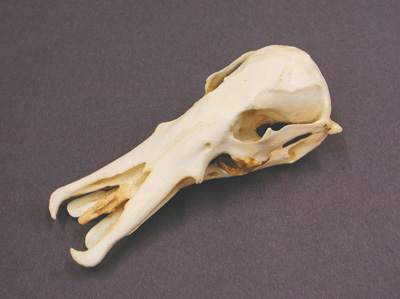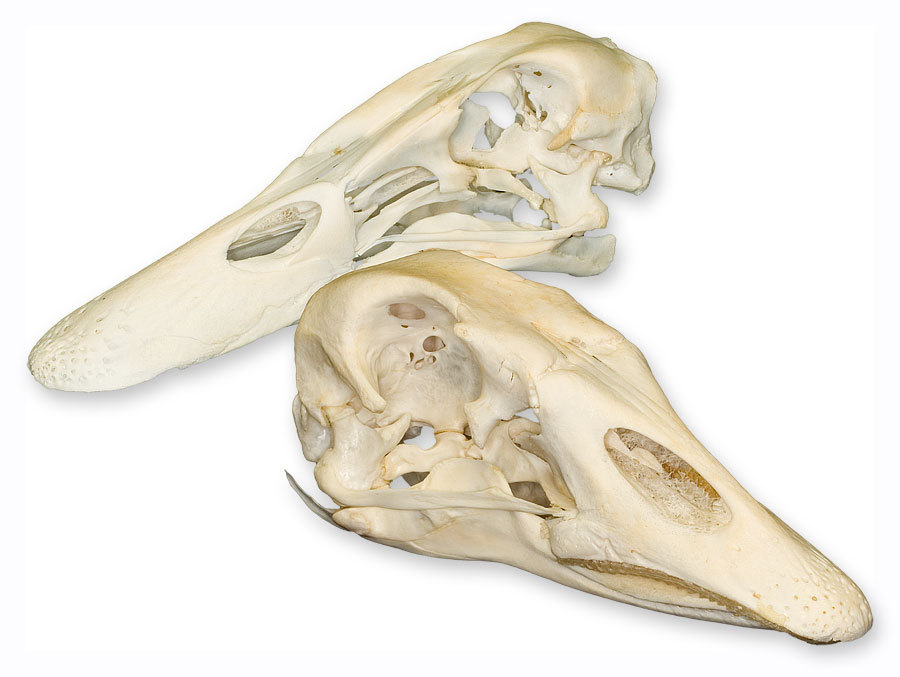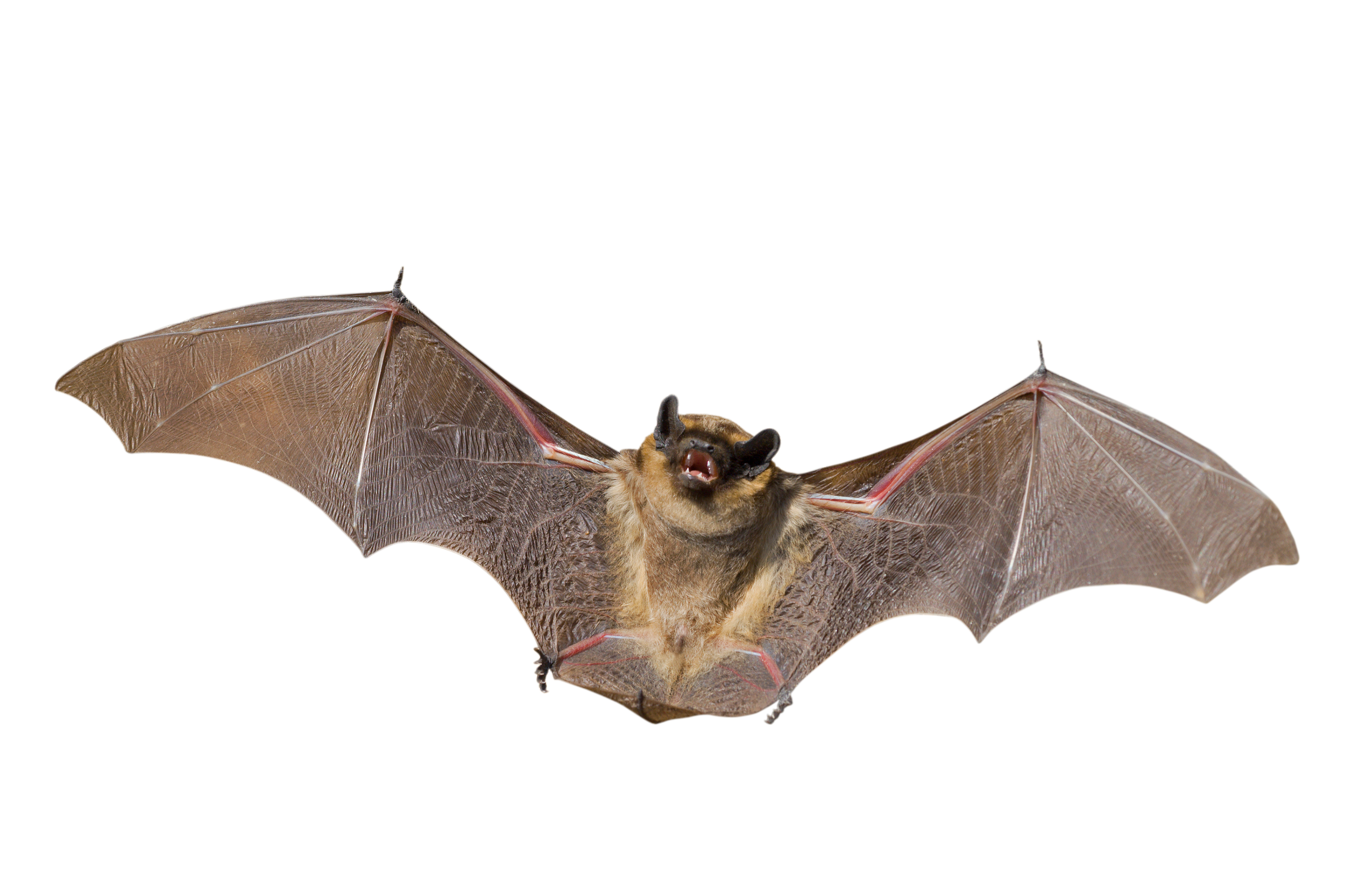There is a lot here so let me start slow....
Ok, great! Thrill me with your acumen!
Any study of Phylogenetics (and in our training to understand it) we see two aspects of it, one being theoretical and the other being empirical. And the opinions for or against are extant dependent on the definition of terms. This means that even though most may agree, it is largely opinion not established fact.
You started out OK, then went pure Duane Gish. Phylogenetics is "Largely opinion" you say?
I suggest maybe reading Felsenstein's
"Inferring Phylogenies" or Nei and Kumar's
"Molecular Evolution and Phylogenetics".
For example, we hear the term “relationship” being repeated over and over but when we see what we see (similarities in genetic materials, arrangement, and purpose) the question is “What does this mean?” It can mean related as in somehow similar (size, place, function, etc.) OR does it actually show we are related in the sense of demonstrating lineage (that one comes from the other)? well therein lays the dilemma that breeds discussion and debate.
What it ACTUALLY shows is some semblance of similarity, and this not nearly as exact as the rhetoric would like you to be convinced of.
Speaking of rhetoric...
You do realize - given your claims of decades of reading and work in the relevant sciences - that molecular phylogenetics methods are TESTED? Their outputs are not 'opinions'. Due to the nature of molecular data there are certainly confounding phenomena that can, depending on the type and amount of data being used, produce inconsistent outputs and the like. But that no more invalidates molecular phylogenies than does the fact that there are Old Earth Creationists and Young earth Creationists and this invalidates the veracity of Scripture (there are other things than can do that).
If you really look at the data (void the narrative attached that explains the data according to the already accepted pre-conceived notion) we suddenly realize that the shoe does not fit the foot....
Such projection is rarely seen in the public at large, but it is part of the anti-evolutionist's tool kit.
Look at this alleged “same gene” across species...an ALLEGED shared gene...
Human Gene HDLBP (uc002wba.1) a 110-kD protein that specifically binds HDL molecules, which functions in the removal of cellular cholesteral...it is a section 87,092 base pairs long
Rat Gene Hdlbp (NM_172039) which is only 68, 238 base pairs long performs a similar function but apparently not identically.
The allegedly the “SAME GENE” in Yeast, S. cerevisiae Gene SCP160 (YJL080C) functions differently and is primary to cell division, and only has 3,669 base pairs.
Finally, the alleged “SAME GENE” in D. Melongaster, Gene Dp1 (CG5170-RB). Having 9119 base pairs (3 times that of Yeast) seems to do nothing!
This is the crux of my 'challenge' that you eventually addressed
here, but as is your usual fashion, you wrote much more than was needed to simply avoid actually addressing the issue.
The issue I brought up is that you seem to focus on the length of the sequences. I pointed out that it is very common to have differing lengths of sequence for the 'same gene' due to areas of interest, reference sequences, sequencing difficulties, etc., and wondered if you had or would look into that possibility rather than attributing it all to some nefarious conspiracy.
Your response was largely irrelevant, but the bottom line, in my estimation, was that yes - you focused solely on the length of the sequences, which, due to my knowledge of the techniques involved and the impetus for generating sequence data in the first place, was superficial at best. As seen here:
Now as fit as the hypothesis based explanation appears, the actual data shows us they actually are nothing alike...they are different in size AND FUNCTION...yet billed as “commonly shared” in the rhetoric.
Seems that your decades of reading would have informed you that genes often acquire different functions (e.g., genes important during development often play rather mundane roles later on) and that genes can be copied/modified and end up performing other functions.
But I suppose all that amassed knowledge is all just 'speculation' and opinion, too, right?
Well since what I am telling you is true, how did they convince so many?
Half-true, at best.
I do enjoy the substantial amount of projection that ensues:
This process of convincing the masses of the speculative for a definite motive (to prove their theory) requires consistent:
a) Interpretation of all data (even that which could be considered contrary to that theory) though the accepted model as opposed to allowing the raw data shape and remake the model (which is good science and true critical thought)
b) Repetition over and over...early Psychologist William James discovered this characteristic of people...that if they hear, or have had modelled before them, something not really true, over and over and over, they come to believe it as if it is true. Goebbels, capitalized on this insight in the 1930’s in Germany and applying it to politics h says “If you tell a lie big enough and keep repeating it, people will eventually come to believe it. The lie can be maintained only for such time as the State can shield the people from the political, economic and/or military consequences of the lie. It thus becomes vitally important for the State to use all of its powers to repress dissent, for the truth is the mortal enemy of the lie, and thus by extension, the truth is the greatest enemy of the State.” The same is true in this matter. Those aspects which are merely opinion about the data are repeated over and over as if they are fact and the masses swallow it whole with no actual discernment taking place.
c) Appeal to Authority...the above is reinforced by this. In addition to the repetition of the COULD BE/MIGHT BE over and over (which brainwashes) when you get a bunch of alleged authorities saying “Yes It is true”....simply because of their sheepskin people say “Well it must be true after all they know”. Really? NOT!
d) And then finally through c) consensus follows (the argumentum ad populum)....which basically is that “if everyone is saying it is true then it must be true” but if history (even the history of science) has taught us one thing it is that just because a bunch believe it does not make it so.
You just described creationism to a T.
So Phylogenetics, which says different groups and in some sense ALL living organisms share genes, this is correct (but not nearly as many as they claim...see my above “shared gene” example)...but what this means is where we enter the twilight zone of opinion and interpretation. So let me ask...
If you were NOT ALREADY CONVINCED of the theory, and you were to just view the “shared gene” data above for the first time...(please be honest here) objectively, as a scientist, would you really come to some conclusion of lineage? They do not progress and they are not in any way the same (not actually)!
Actually, if I had only the shallow, cherry-picked information you provided, I might be skeptical.
Alas, when I chose to work in phylogenetics lab in grad school, I was exposed to REAMS of data, not just a couple of cherry-picked 'what-do-you-think-of-THIS!!!' poorly described examples.
When one looks at the totality of available evidence (or even a chunk of it), looks at the actual large-scale patterns as opposed to a couple of anomalies, it becomes not just intuitively correct, but empirically supported conclusion.





